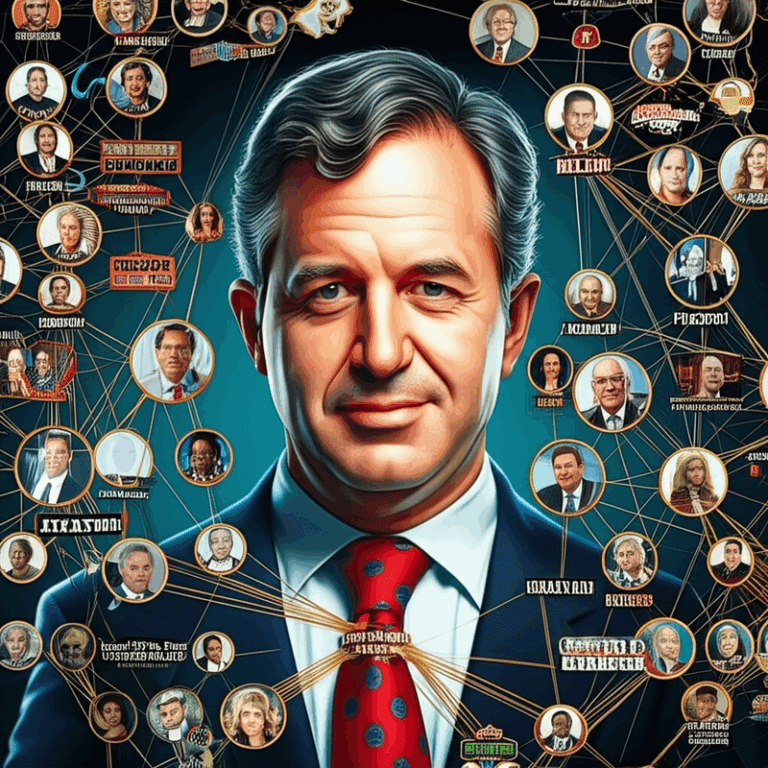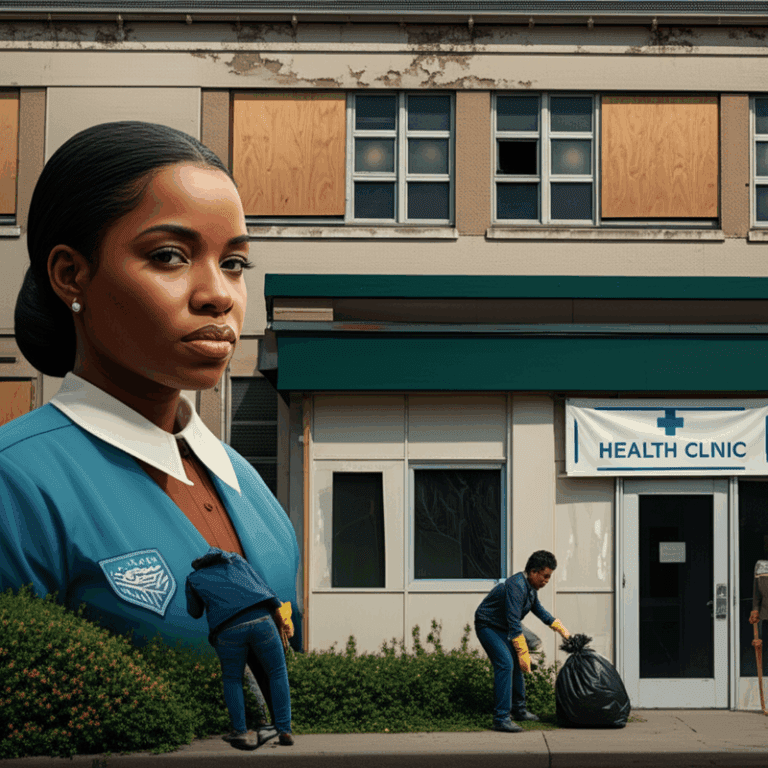
“`html
Woman Shot by Federal Immigration Officers in Brighton Park Charged with Assault 🏙️🔫
In a turn of events that could make even the most seasoned observer shake their head, a woman shot by federal immigration officers in Brighton Park now faces assault charges. One might think that being shot would shift the narrative in one’s favor, yet here we are, tangled in the irony of law enforcement protocols that sometimes brandish justice with a heavy hand 🏛️.
The incident unfolded in a neighborhood already rife with tension—a community grappling with the dual-edged sword of immigration laws and local policing. The woman, identified as 24-year-old Mariana López, was reportedly in a heated confrontation with officers during what should have been a routine compliance check. Yet, what is routine for the officers often feels like an invasion to the community—a gripping contrast that encapsulates the current immigration crisis.
Context and Controversy
Brighton Park, an area marked by its rich tapestry of cultures and immigrant communities, becomes, through this incident, a metaphorical battleground. On one side, federal officers enforce immigration laws, brandishing authority like badges of honor. On the other, residents like López—who have woven their lives into the fabric of this city—stand accused, perhaps justifiably finding the lines drawn around them more suffocating than protective.
The charges against López stem from allegations that she attempted to assault officers after they approached her vehicle. This raises questions: What does it mean to feel threatened? In a neighborhood where every encounter with law enforcement can escalate like a match meeting kindling, one can hardly blame residents for reacting defensively. Ironically, a woman’s fight for her rights now finds her at the unfortunate crossroads of criminal charges and headlines 🚨.
The Broader Impact
As news of the shooting ripples through Brighton Park, community leaders and outspoken residents have begun voicing concerns about the heavier-handed approach of immigration enforcement. Critics argue that the federal government’s tactics, often perceived as aggressive and unyielding, serve only to heighten fear rather than foster cooperation. This bitter irony—that regulation creates noncompliance—illustrates a fundamental misunderstanding of the community’s needs ✊.
Moreover, the ramifications of this shooting extend beyond laws and accusations. The emotional scar on the community is palpable—families fearing for their safety, children unsure whether they’re safe in their own playgrounds. The incident evokes the contrast between protection and oppression; a law meant to safeguard citizens takes on the bitter taste of tyranny when applied without nuance.
A Community in Urgent Need of Dialogue
So what happens next? As the legal processes unfold, Brighton Park finds itself at a crossroads. Voices for reform are growing louder, advocating for policies that consider the human stories behind the statistics. López, like countless others, is not just a headline; she is a human being whose life has been irrevocably altered by the very systems that profess to keep society safe.
In the wake of such events, could there be a more effective way to engage communities in discussions about immigration policies? Or are we destined to repeat the cycle of violence and misunderstanding until something breaks? Perhaps in the shifting shadows of Brighton Park, there lies a call for compassion rather than conflict—to explore the roots of fear and to build bridges instead of barricades 🌉.
As the nation wrestles with its immigration identity against a backdrop of deep cultural divides, the case of Mariana López illustrates starkly that the path forward is fraught with complexities. Juxtaposing law enforcement actions with community voices creates a poignant narrative—one that demands attention and, perhaps more importantly, understanding.
In a world where borders are constantly defined by both law and custom, can we find a means to approach these dialogues—one peppered with empathy and the unapologetic humanity of those affected? This question may not just define the fate of Brighton Park; it may very well forge the future of immigration discourse across the landscape of America 🤔.
“`




